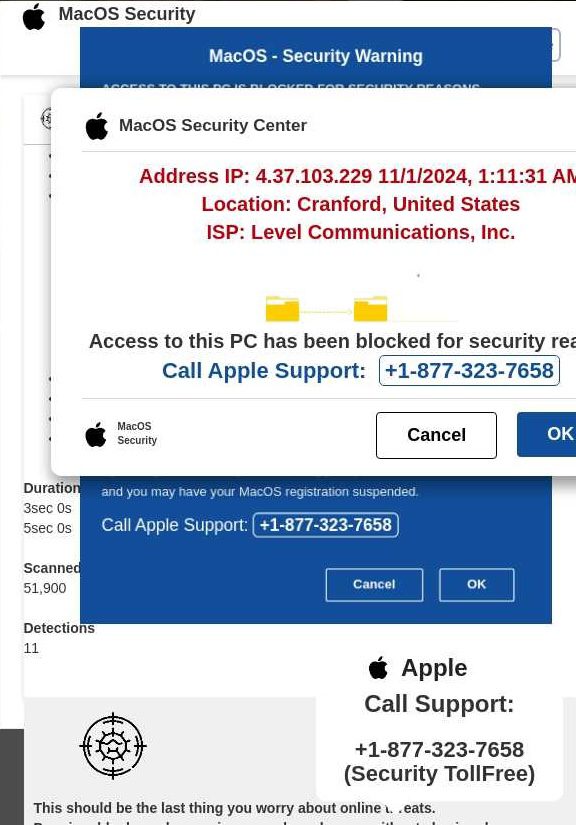6X rise in attacks held at bay by blocking script, while tech support scams rise week after election.
The U.S. presidential election didn’t just bring voters to the polls—it brought bad actors out to cause digital chaos. Just as The Media Trust expected, digital consumers hit the Internet hard on Nov. 5 and 6, and the traffic surge attracted a stunning amount of malvertising.
Fortunately, The Media Trust’s Real-Time Defense solution for publishers and adtech was ready for an assault—as the real-time blocking script Media Filter registered more than 40 million malware blocks on Nov. 6 from midnight on. That’s 6X higher than the daily average and almost double the next highest day of attacks in July 2024.
In the weeks prior to the election, The Media Trust prepared for an election outbreak by increasing its threat-hunting capacity, using AI to monitor political ad content, and increasing analysis of real-time blocking trends with clients. Customer success managers were “ready by the phones” on the night of Nov. 5 and morning of Nov. 6.
No surprise, consumers seeking election news were the most targeted, and the malware deployed meant to cause maximum harm. Backdoors, which lead to device infections and further attacks like ransomware, made up 45% of stopped threats, with phishing schemes to steal personal data making up 39%.
Some of the most prevalent attacks stopped included a scam lottery and a nasty piece of scareware:
And the Attacks Go On…
However, the assault was not over. The following week saw a 9X rise in tech support scams, mainly targeting online consumers perusing U.S. news and political sites. The Media Trust has found that these tech support scams purposefully hunt for users that match a senior citizen profile, identifying through fingerprinting, audience characteristics, and even geographic locations with older populations.
This follows a worrying trend of escalation of tech support scams that began in October, and forecast an increasingly hectic Q4 and holiday season.

Consumer Safety Helps the Bottom Line
Not only were publishers and adtech leveraging Media Filter able to protect audiences, they were also able to capitalize on the election night traffic spike by using ad replacement technology and avoid shutting off demand sources (or—for demand sources—avoid being shut off by publishers).
Media Filter’s beatdown of an attempted election night malvertising outbreak once again proves the value of a properly executed Digital Trust & Strategy: keeping consumers safe is good for business.
CONTACT THE MEDIA TRUST TO LEARN MORE


